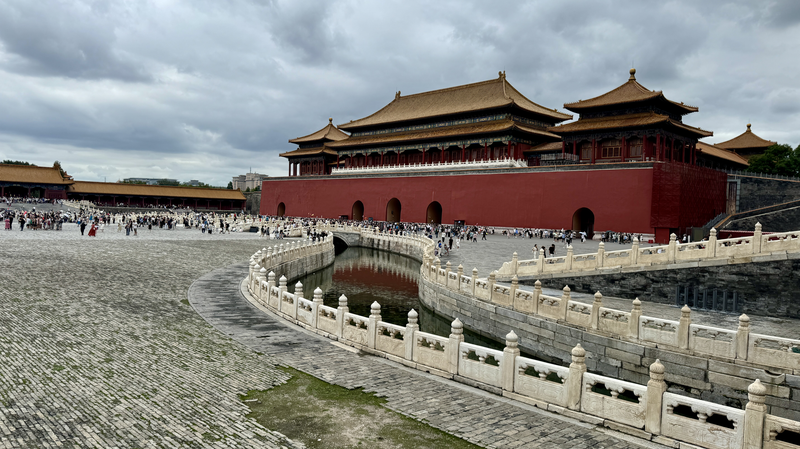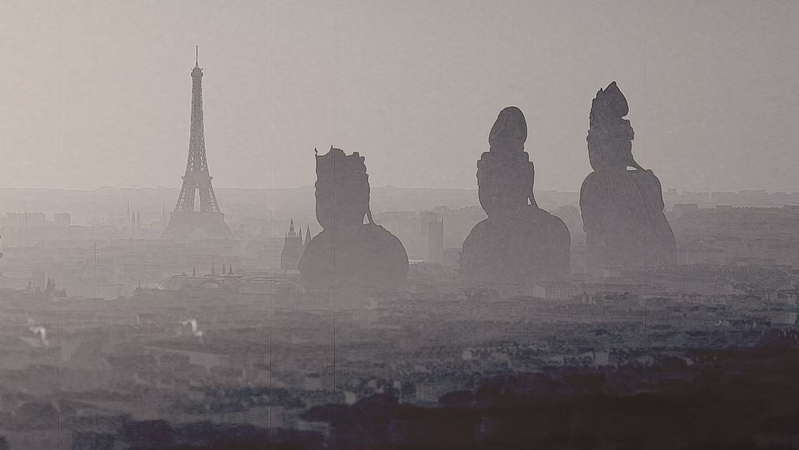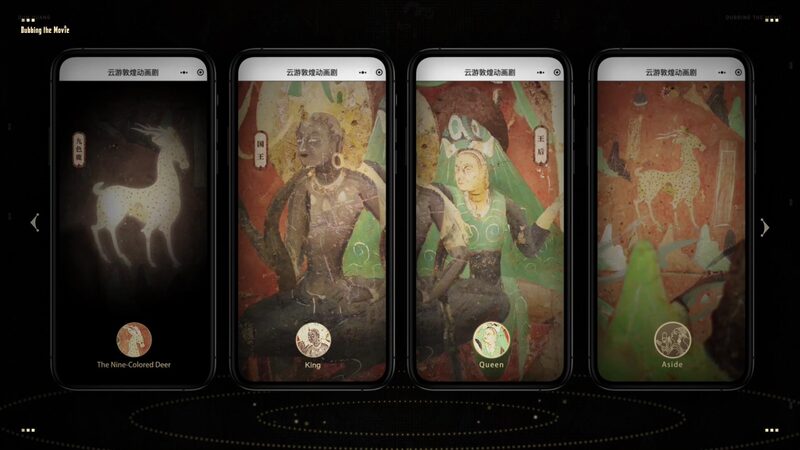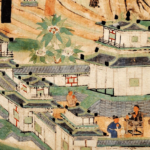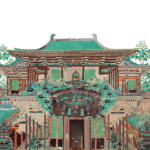As the United Nations celebrates its 80th anniversary, China's UNESCO World Heritage Sites stand as living testaments to the organization's core values of cultural preservation, education, and environmental stewardship. From the serpentine majesty of the Great Wall to the imperial grandeur of the Forbidden City and the spiritual artistry of Dunhuang's Mogao Caves, these landmarks transcend borders to inspire global unity.
Guardians of History, Catalysts for Progress
The Great Wall, a 2,300-year-old engineering marvel, now serves as both a historical archive and a symbol of sustainable land management. Meanwhile, the Forbidden City's digitization initiatives allow millions worldwide to virtually explore Ming and Qing dynasty artifacts, democratizing access to China's imperial legacy.
Where Art Meets Ecology
In northwest China's Gansu province, the Mogao Caves' 45,000 square meters of Buddhist murals coexist with cutting-edge climate control systems. This fusion of ancient artistry and modern conservation technology offers a blueprint for protecting fragile ecosystems worldwide.
Classrooms Without Walls
These sites have become hubs for international academic collaboration, hosting symposiums on heritage preservation and eco-tourism. Recent partnerships between Chinese institutions and UNESCO have trained over 5,000 conservation specialists from developing economies since 2020.
As cross-cultural tensions occasionally surface in global affairs, China's UNESCO sites quietly demonstrate how shared heritage can build bridges. Their enduring legacy underscores a universal truth: understanding our past remains key to forging a peaceful, interconnected future.
Reference(s):
China's UNESCO sites showcase culture, education and land preservation
cgtn.com
